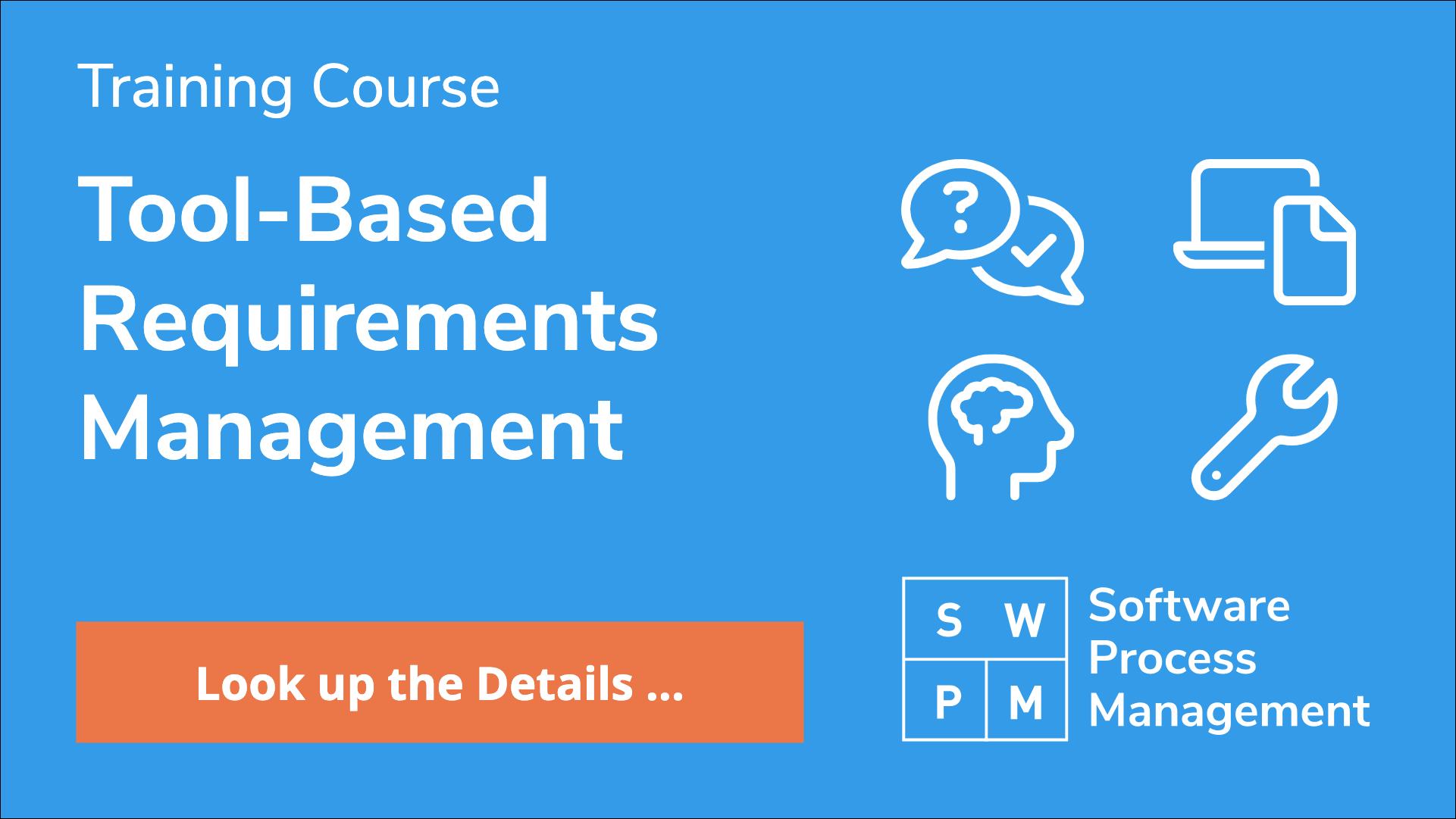In this issue of our updates series on the requirements-management (RM) tool market, we take a look on Atlassian‘s product portfolio, involving JIRA, JIRA Agile, Confluence, and others. Although we wouldn’t recommend these products for building, an advanced RM solution, they provide a fair level of support for various requirements management scenarios. For this reason, we have included Atlassian products into our list of RM tools.
In May, Atlassian has introduced a new product bundle: JIRA Agile Ready. It combines JIRA, JIRA Agile, Confluence and Confluence Team Calendars and shall cover essential agile work processes. From a requirements management standpoint, JIRA Agile Ready is interesting, because Atlassian provides features for transforming text statements written in the Confluence wiki (e.g., representing parts of specifications documents, individual requirements statements, customer requests etc.) into JIRA issues (aka item types). Since organizations can customize JIRA and JIRA Agile and define arbitrary item types, a text statement from Confluence can become an enhancement request (a typical JIRA issue type), an agile epic or user story (typical JIRA Agile issue types), or even a business or system requirement (provided, an organization first defines such customized item types).
This linkage between Confluence and JIRA (including JIRA Agile) can support the first steps towards systematic tool-based requirements management. Still, to our opinion, JIRA is lacking important functionality that we expect in a modern RM tool. In addition, the organization that runs JIRA must carry the relatively large burden of defining the entire requirements workflow, to a degree that significantly exceeds what would be required in specialized modern RM tools. For individual teams or smaller organizations, and particularly when conducting agile development, Atlassian’s offerings can provide a good starting point for tool-based RM. Since nearly every RM tool has quite viable connectors to JIRA, an organization can later attach a specialized requirements solution and relatively seamlessly extend its established JIRA-based workflows. So, if you want so, you might regard JIRA Agile Ready as kind of a starter drug for your lifelong addiction to effective requirements management.
The following blog posts and documentation pages outline how JIRA Agile and Confluence can be used for RM:
- Atlassian blog post on Confluence/JIRA integration: https://blogs.atlassian.com/2013/12/confluence-5-4-jira-integrates-confluence-like-never-before/
- Documentation pages: https://confluence.atlassian.com/display/JIRAKB/Using+JIRA+for+Requirements+Management
- Blog post on using Confluence and JIRA for agile requirements gathering: http://www.portlandwebworks.com/blog/agile-requirements-gathering-confluence-and-jira
Freshly introduced in September 2014, just a few days ago, and announced in a blog post from yesterday is JIRA Portfolio. It shall facilitate the management of multiple projects and their relations from a central control environment. You might want to check out the provided product page and blog post for more details and for illustrations on how JIRA Portfolio works. From an RM perspective, we find JIRA Portfolio a useful building block when moving towards larger-scale requirements processes. Especially agile environments might value this support when implementing concepts from the Scaled Agile Framework (SAFe) or other large-scale agile RM process and method frameworks.

